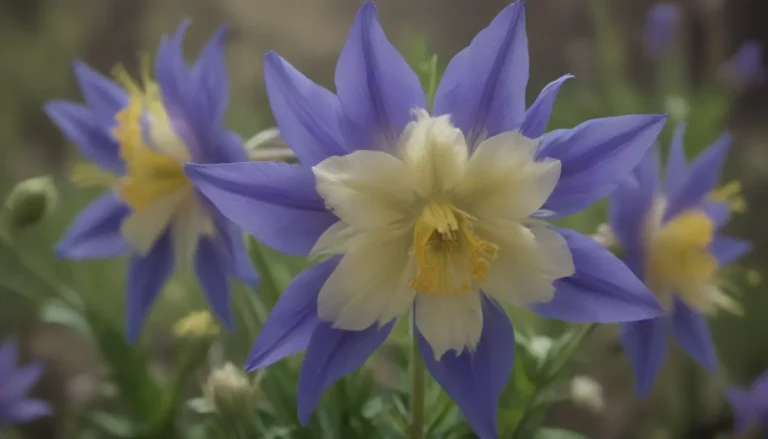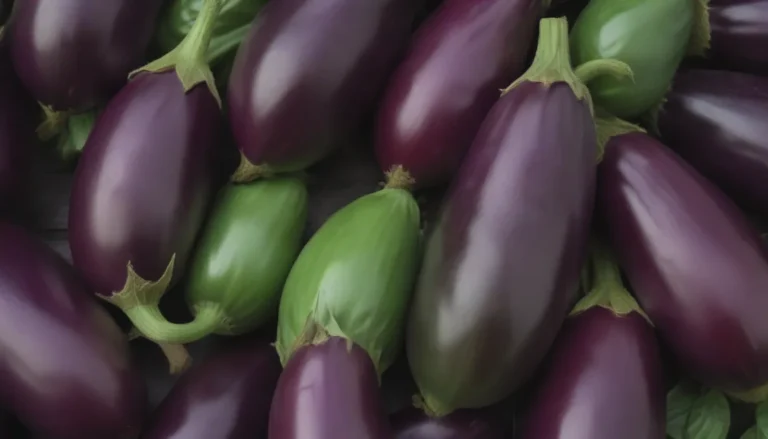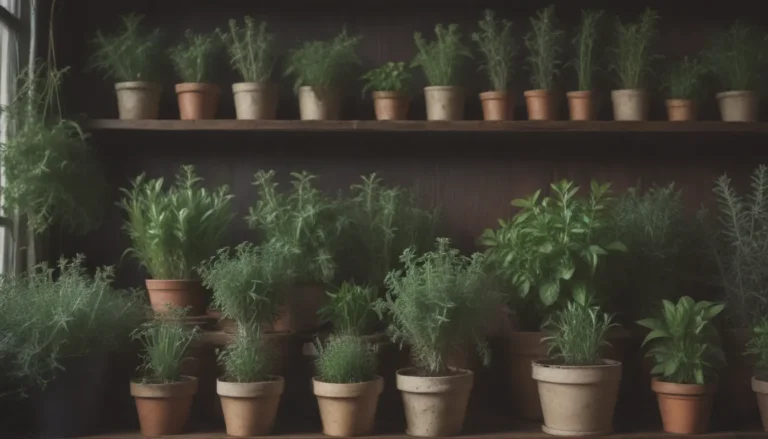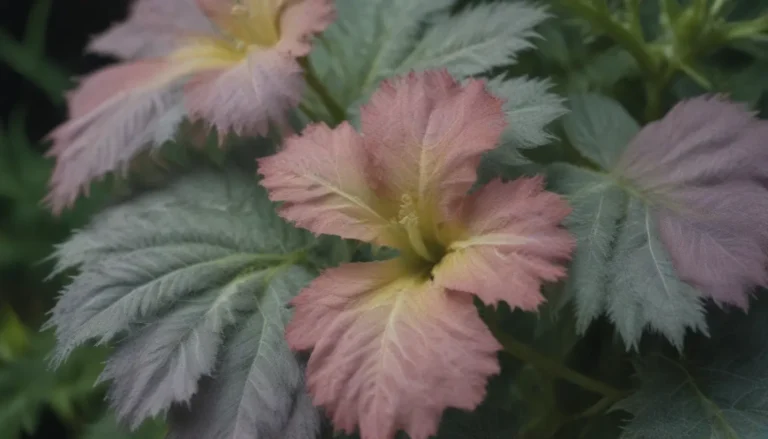Everything You Need to Know About Growing and Caring for Impatiens

If you’re a fan of bright, colorful flowers that thrive in shady areas, then impatiens might just be the perfect addition to your garden. These popular bedding plants are known for their profuse blooms and ability to grow in less sunny spots. In this in-depth guide, we’ll delve into everything you need to know to successfully grow and care for impatiens.
Understanding Impatiens
Impatiens flowers have long been a favorite choice for gardeners in North America, especially when looking to add color to shady areas or container gardens. Here are some essential care requirements to keep in mind when cultivating these beautiful blooms:
Light
Impatiens prefer shady conditions, making them an excellent choice for areas where other plants might struggle to thrive. While they can handle partial sun in cooler regions, they truly shine when grown in full shade. This makes them a versatile option for those looking to add color to darker corners of their garden.
Soil
To ensure healthy growth, plant your impatiens in well-drained, nutrient-rich soil with a slightly acidic pH ranging from 6.0 to 6.5. Proper drainage is essential to prevent the soil from becoming waterlogged, especially since impatiens require frequent watering to stay healthy.
Water
Impatiens are thirsty plants and need regular watering to flourish. In the ground, they should receive at least two inches of water per week, with an increase in watering during hot spells. For impatiens in containers, daily watering might be necessary, especially when temperatures soar.
Temperature and Humidity
These flowers are quite sensitive to heat, so watch out for wilted leaves during dry spells. However, they thrive in humid conditions, making them a good choice for areas with higher levels of moisture in the air.
Fertilizer
For optimal flowering, make sure to fertilize your impatiens every two weeks with a water-soluble fertilizer during the spring and summer months. Alternatively, you can use a slow-release granular fertilizer at the beginning of spring and midway through summer, following the product instructions for the correct dosage.
Types of Impatiens
With over a thousand varieties of impatiens available, there are plenty of options to choose from. When selecting your plants, consider looking for New Guinea impatiens, which are naturally resistant to downy mildew disease. Some recommended varieties include:
- Impatiens walleriana ‘Imara XDR’
- Impatiens walleriana ‘Beacon’
- Impatiens hawkeri ‘Celebration’ series
- Impatiens x ‘Bounce’ series
- Impatiens x ‘SunPatiens’ series
Pruning and Propagating Impatiens
To keep your impatiens looking their best, consider pruning them if they become leggy in the heat of summer. Simply trim off the top third of the vegetation to encourage new blooms and improve the overall appearance of the plants.
If you’re interested in propagating impatiens, consider taking cuttings in the fall for an easier way to grow new plants. Simply follow these steps to propagate impatiens with cuttings:
- Choose healthy stems for cutting
- Trim the stems just below a leaf node
- Place the cuttings in a well-draining potting mix
- Keep the soil moist and wait for roots to develop
How to Grow Impatiens From Seed
If you prefer starting from scratch, you can grow impatiens from seeds. However, keep in mind that it can take several months for the seeds to mature into flowering plants. Here’s a simple guide to planting impatiens from seed:
- Collect seeds from ripe seed pods in late summer or fall
- Start seeds indoors in a seed-starting mix six to ten weeks before the last frost
- Provide adequate light and water for seedlings to thrive
Potting, Repotting, and Overwintering Impatiens
While impatiens are typically discarded at the end of the growing season, you can try overwintering them if you live in a warm climate. Here are some tips for potting, repotting, and overwintering impatiens:
- Avoid overpotting impatiens as they are usually discarded after the growing season
- If overwintering, cut back stems and reduce watering during the winter months
- Discard plants at the first sign of frost or bring potted plants indoors for protection
Common Pests and Plant Diseases
Impatiens are susceptible to various pests and diseases, including downy mildew and insect infestations. Keep an eye out for aphids, mealybugs, thrips, and other common pests that can affect your plants. To prevent issues, consider the following precautions:
- Plant disease-resistant varieties like New Guinea impatiens
- Practice good garden hygiene to prevent the spread of diseases
- Treat minor infestations with horticultural oils
Tips for Blooming Impatiens
Impatiens are known for their abundant blooms, but if you find your plants aren’t flowering as expected, there are a few steps you can take to encourage more blooms:
- Prune leggy stems to stimulate new growth
- Check for proper light, water, and fertilizer levels
- Avoid over-fertilization, which can lead to leggy growth
Common Problems With Impatiens
While impatiens are generally easy to care for, they can face a few common challenges such as legginess and scorched leaves. To address these issues:
- Avoid over-fertilizing, which can cause leggy growth
- Ensure plants receive adequate shade to prevent leaf scorching
Alternatives to Impatiens
If you’re looking for alternatives to impatiens, consider shade-tolerant annuals like wax begonia, ivy geranium, and torenia. These plants can thrive in shady conditions and offer a viable option if your impatiens are facing fungal diseases or other issues.
In conclusion, impatiens are vibrant, easy-to-grow flowers that can add a pop of color to any garden. By following these care tips and guidelines, you can enjoy healthy, blooming impatiens throughout the growing season. Whether you’re a seasoned gardener or a novice plant enthusiast, impatiens are a fantastic choice for brightening up your outdoor space. So go ahead, give impatiens a try, and watch your garden come to life with their stunning blooms!





